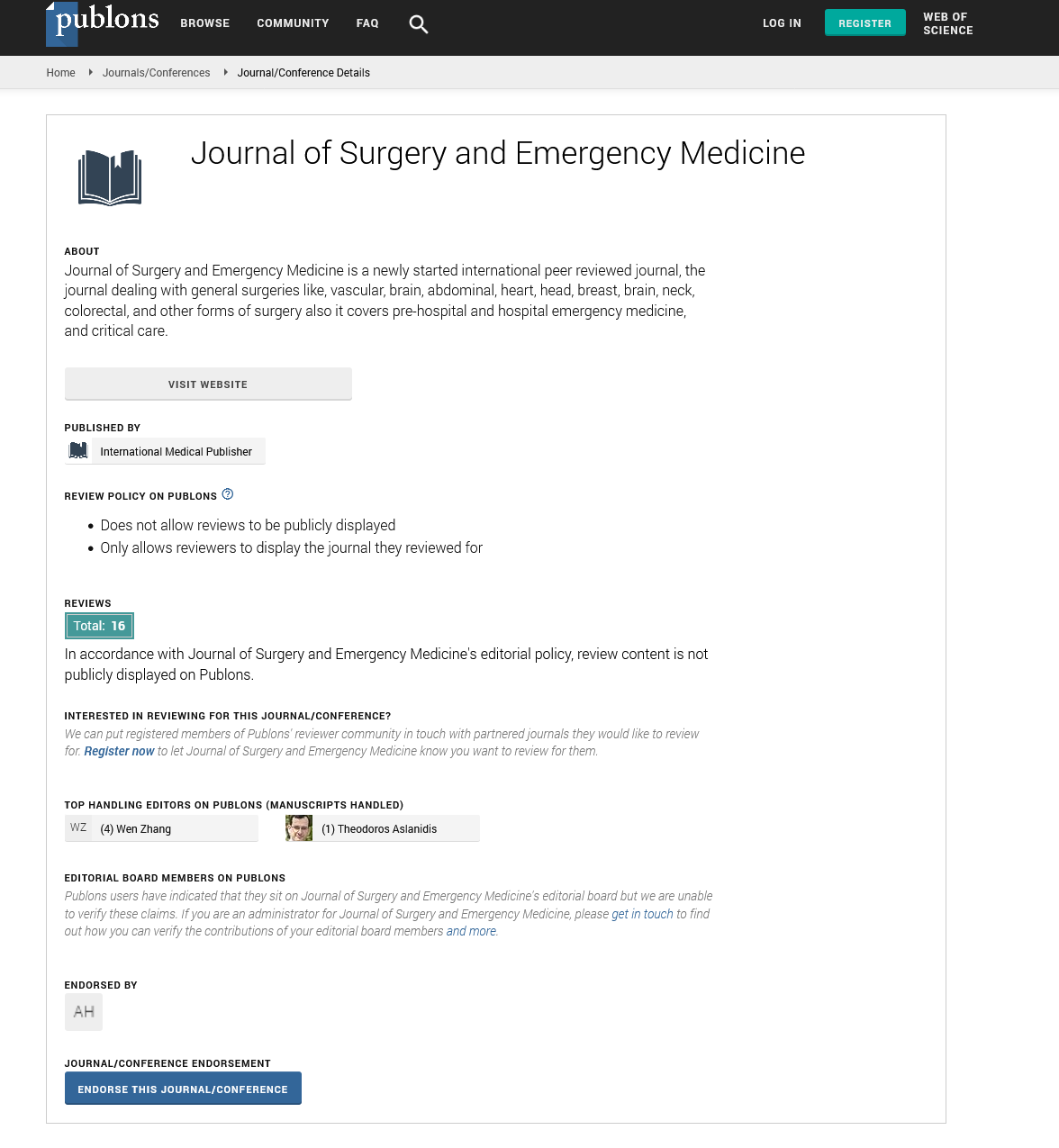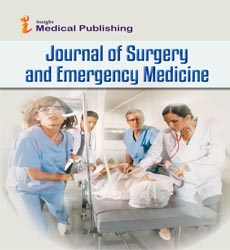Abstract
Hyperuricemia in Patients with Chronic Low Back Pain: Experience from a Single Institutional Neurosurgical OPD
Objective: To evaluate the frequency of hyperuricemia in patients with chronic low back pain. Methodology: A descriptive cross sectional study was conducted over a period of 4 months from August 2015 to November 2015 at the Neurosurgery Clinic, Liaquat National Hospital and Medical College, Karachi. A total of 104 patients were evaluated between the ages of 18 to 75 years with chronic low back pain. Data was collected by means of a structured Performa. X-rays and Magnetic Resonance Imaging (MRI) of lumbo-sacral spine were used to assess any findings in relation to low back pain. Serum uric levels were laboratory tested and recorded. A statistical association was established between hyperuricemia and chronic low back pain with respect to age, gender and related radiological findings. Results: Twenty six patients (25%) had elevated serum uric acid levels with no significant difference in genders. Patients in the age group of 26-60 years showed a higher frequency of hyperuricemia as compared to other age groups. There was a significant association of hyperuricemia with large joint pain of the lower limb as seen in 22 patients (85%). Other significant radiological findings were lumbar disc prolapse found in 19 out of 26 patients (73%), degenerative disc disease in 54% (n=14) and disc space narrowing in 96% (n=25) patients (P<0.05).
Conclusion: Our study suggests existence of hyperuricemia in 1 out of every 4 patients with low back pain, irrespective of the patient’s gender, with higher . There is a variable association of occupation and preexisting co-morbidities of the patients with low back pain. Our study predicts a strong association of lumbar disc prolapse and joint space narrowing of the lumbar vertebrae with hyperuricemia. It raises a question that perhaps hyperuricemia augments the age related spondylolesthesis by mechanisms not understood so far.
Author(s): Hira Burhan, Usama Khalid Choudry, Muhammad Sohail Umerani, Salman Sharif and Areeba Nisar
Abstract | Full-Text | PDF
Share This Article
Google Scholar citation report
Citations : 131
Journal of Surgery and Emergency Medicine received 131 citations as per Google Scholar report
Journal of Surgery and Emergency Medicine peer review process verified at publons
Abstracted/Indexed in
- Google Scholar
- Publons
Open Access Journals
- Aquaculture & Veterinary Science
- Chemistry & Chemical Sciences
- Clinical Sciences
- Engineering
- General Science
- Genetics & Molecular Biology
- Health Care & Nursing
- Immunology & Microbiology
- Materials Science
- Mathematics & Physics
- Medical Sciences
- Neurology & Psychiatry
- Oncology & Cancer Science
- Pharmaceutical Sciences

